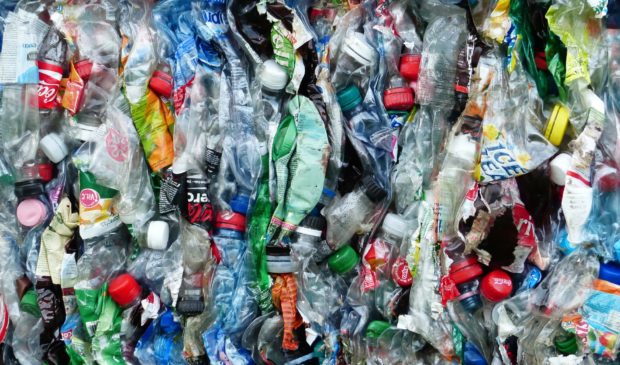Austin Resource Recovery reworking Zero Waste Master Plan
Thursday, April 22, 2021 by
Sean Saldaña When City Council unanimously adopted the Austin Resource Recovery Master Plan in 2011, it was a bold step toward making Austin “the most livable city in the country.” At more than 300 pages, the plan laid out a number of environmental sustainability goals for the city over the next three decades, but the primary objective was zero waste.
Zero waste puts a greater emphasis on reducing consumption, cutting down on trash at the source while aiming for no waste to be burned or buried. The goal is to divert reusable resources from landfills and incinerators to activities like recycling and composting.
The comprehensive plan included a handful of ambitious benchmarks in pursuit of the city’s zero-waste vision, with the ultimate target of moving “beyond Zero Waste systems to an economy based on maximizing the value of goods and services while reducing the impact of our ecological footprint on the environment.”
By 2015, the city aimed to divert 50 percent of solid municipal waste from landfills – and initially, the city managed to mostly meet this goal. A 2016 community diversion survey estimated that the citywide diversion rate was at 42 percent.
For 2020, the next milestone year, the diversion goal was set at 75 percent.
Originally, an updated report was supposed to be published assessing the current systemwide diversion rate for the city in 2020, but delays caused by the coronavirus mean that, at the moment, there’s not an updated figure for the city’s diversion progress.
The city aims to update these findings within the next year.
There was, however, a report produced last year on the city’s developing recycling and reuse economy, estimating that it generates around 6,300 jobs in fields related to recycling, reuse and reduction.
The three biggest employment sectors for the city’s budding reuse economy are used merchandise stores, solid waste collection and recyclable materials merchant wholesalers, which make up 68.4 percent of the total jobs in an ecosystem that is “in its infancy.”
The city’s next goal was set for 2040, to divert 90 percent of solid waste from landfills and incinerators. That could change, however.
Last October, Austin Resource Recovery put out a press release asking for citizen feedback on its zero-waste goals. Director Ken Snipes said, “The public’s input will help inform our new comprehensive plan and identify opportunities, initiatives and programs for a waste-free Austin.”
The press release also announced the development of the comprehensive plan, an update to the 2011 master plan, a decade after the initial zero-waste goal was developed.
Snipes told the Austin Monitor that, 10 years later, Austin Resource Recovery “is evaluating the progress we have made, programs that got us here and looking for new opportunities to reach zero waste by 2040. This new, reimagined plan will set the framework to reduce waste by 90 percent and create a healthier and more sustainable Austin.”
At this stage of the process, analysis and recommendations are still in progress and community engagement is underway. Once these stages of the plan are completed, Austin Resource Recovery will move forward with the comprehensive plan.
“The city of Austin’s zero-waste goal … is more important than ever as we continue to learn about the harmful effects waste has on the environment and our community,” Snipes said.
The Austin Monitor’s work is made possible by donations from the community. Though our reporting covers donors from time to time, we are careful to keep business and editorial efforts separate while maintaining transparency. A complete list of donors is available here, and our code of ethics is explained here.
You're a community leader
And we’re honored you look to us for serious, in-depth news. You know a strong community needs local and dedicated watchdog reporting. We’re here for you and that won’t change. Now will you take the powerful next step and support our nonprofit news organization?



